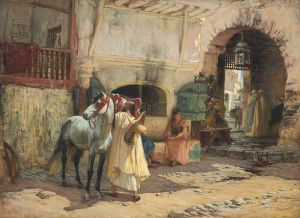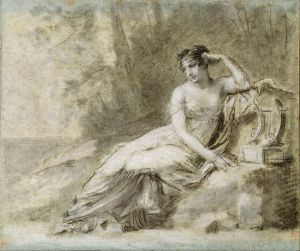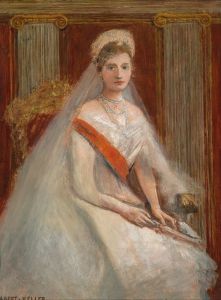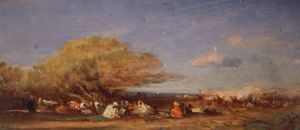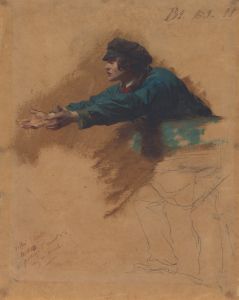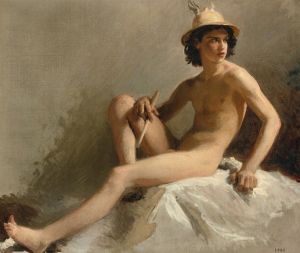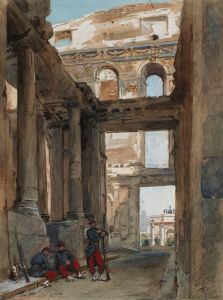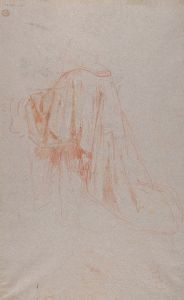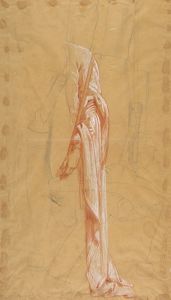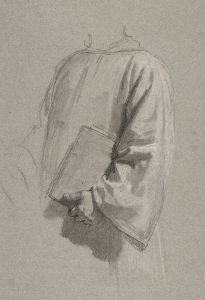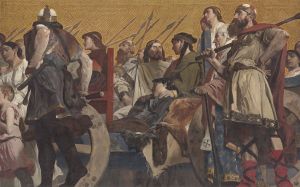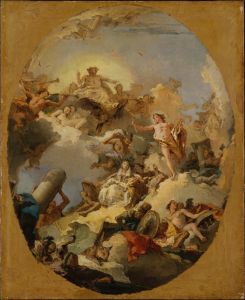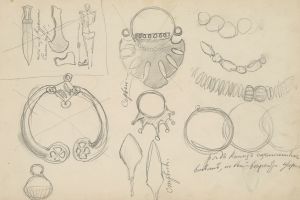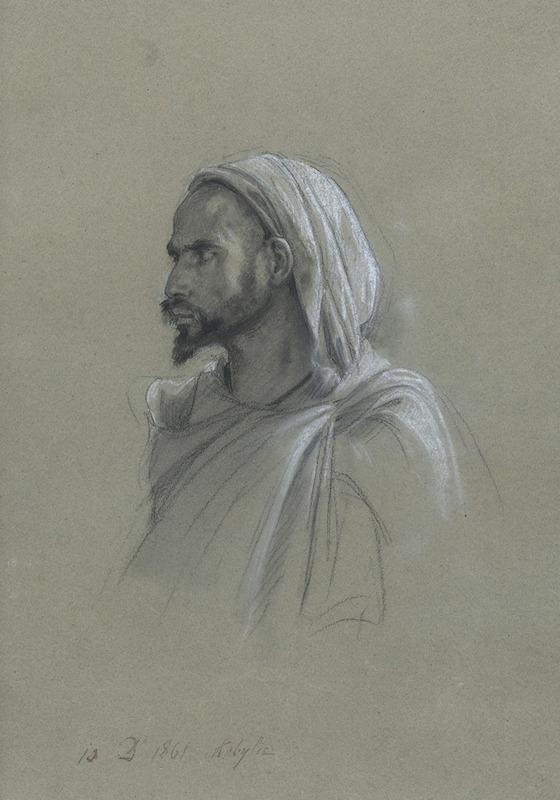
Study for ‘Visit of the Emperor Napoleon III and the Empress to Algeria’
A hand-painted replica of Isidore Pils’s masterpiece Study for ‘Visit of the Emperor Napoleon III and the Empress to Algeria’, meticulously crafted by professional artists to capture the true essence of the original. Each piece is created with museum-quality canvas and rare mineral pigments, carefully painted by experienced artists with delicate brushstrokes and rich, layered colors to perfectly recreate the texture of the original artwork. Unlike machine-printed reproductions, this hand-painted version brings the painting to life, infused with the artist’s emotions and skill in every stroke. Whether for personal collection or home decoration, it instantly elevates the artistic atmosphere of any space.
Isidore Pils' Study for ‘Visit of the Emperor Napoleon III and the Empress to Algeria’ is a preparatory work created by the French artist Isidore Pils (1813–1875). Pils was a prominent painter of the 19th century, known for his historical, religious, and military-themed works. This study was part of his artistic process for a larger composition that aimed to depict the visit of Emperor Napoleon III and Empress Eugénie to Algeria, a French colony at the time.
The visit of Napoleon III and Empress Eugénie to Algeria took place in 1860. This trip was significant as it was part of Napoleon III's broader policy to strengthen ties between France and its colonial territories. The visit symbolized the French Empire's interest in Algeria and its people, as well as the emperor's vision of creating a "French-Arab Kingdom" that would integrate Algeria more closely into the empire while recognizing the cultural and social structures of its indigenous population.
Pils' study reflects his preparation for capturing the grandeur and political importance of this event. The painting likely aimed to portray the emperor and empress in a favorable light, emphasizing their roles as benevolent rulers engaging with the local population. As a study, this work would have been a preliminary exploration of composition, figures, and themes, serving as a foundation for the final piece.
The final version of the painting, if completed, would have been intended to celebrate the imperial visit and reinforce the narrative of French authority and cultural exchange in Algeria. However, specific details about the final painting or whether it was completed are not widely documented.
Pils' work, including this study, is characteristic of the academic art tradition of the 19th century, which often focused on historical and political subjects rendered in a detailed and idealized manner. His contributions to French art include not only his paintings but also his role as a professor at the École des Beaux-Arts in Paris, where he influenced a generation of artists.
This study is an example of how art was used during the Second French Empire to convey political messages and document significant events. It provides insight into the artistic and cultural priorities of the period, as well as the ways in which colonialism was represented in European art.





